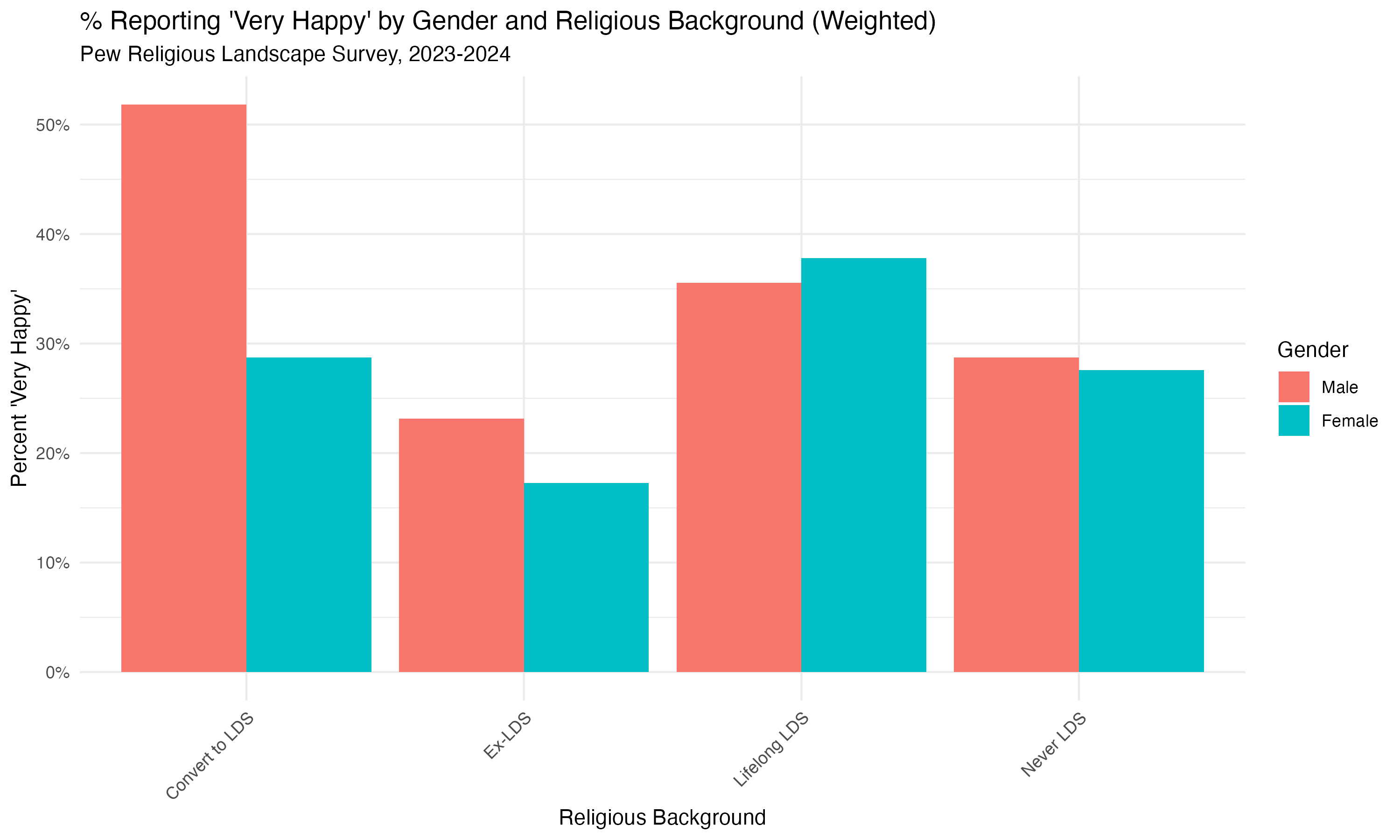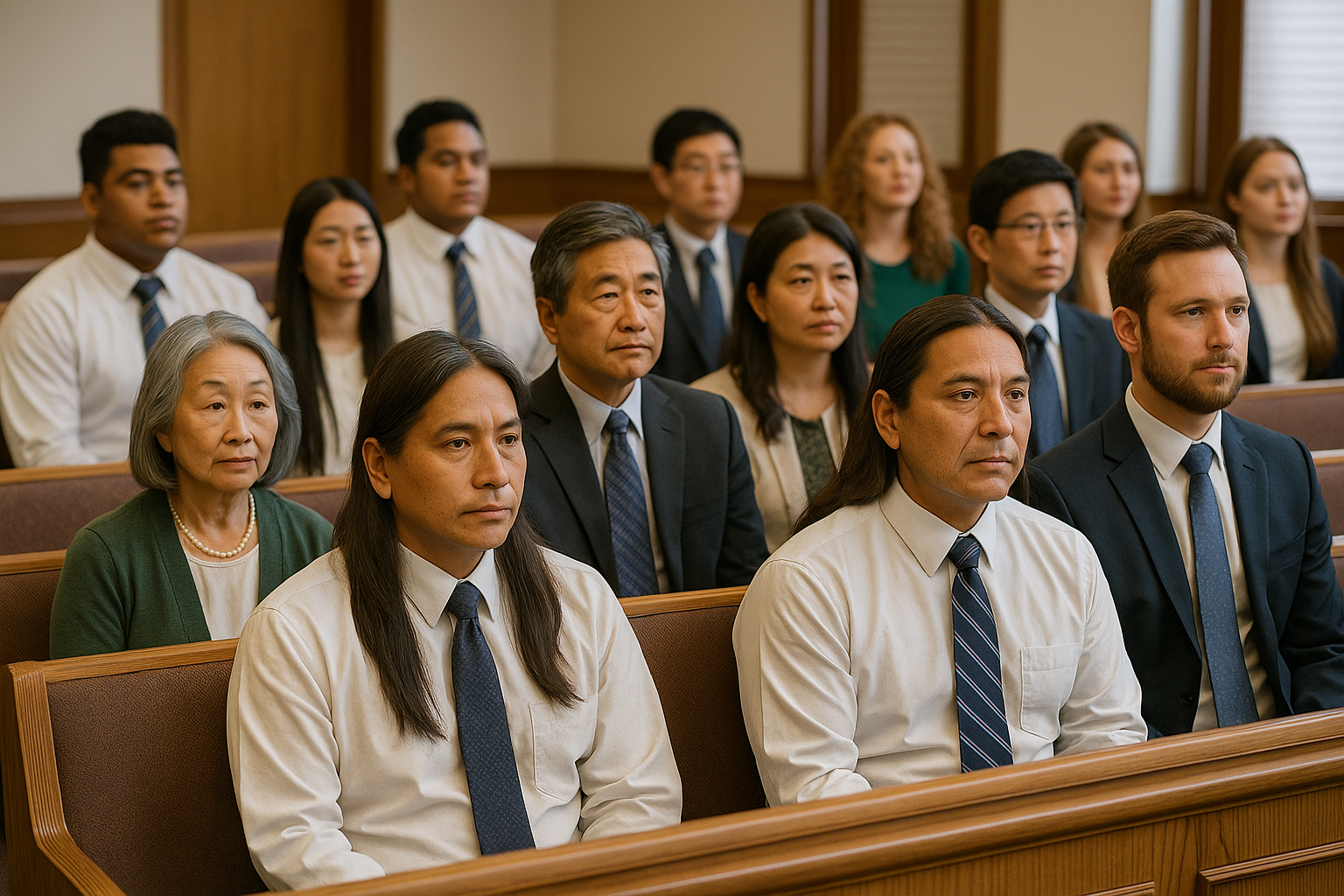Author: Stephen C
-

Latter-day Saints are Really Fast Long-Distance Runners
When I teach my occasional sociology class every once in a while race and sports get brought up. It’s one of those things that people tiptoe around and have their own opinions about but don’t really take the time to investigate or discuss. To grab the bull by the horns, there’s a popular perception that…
-
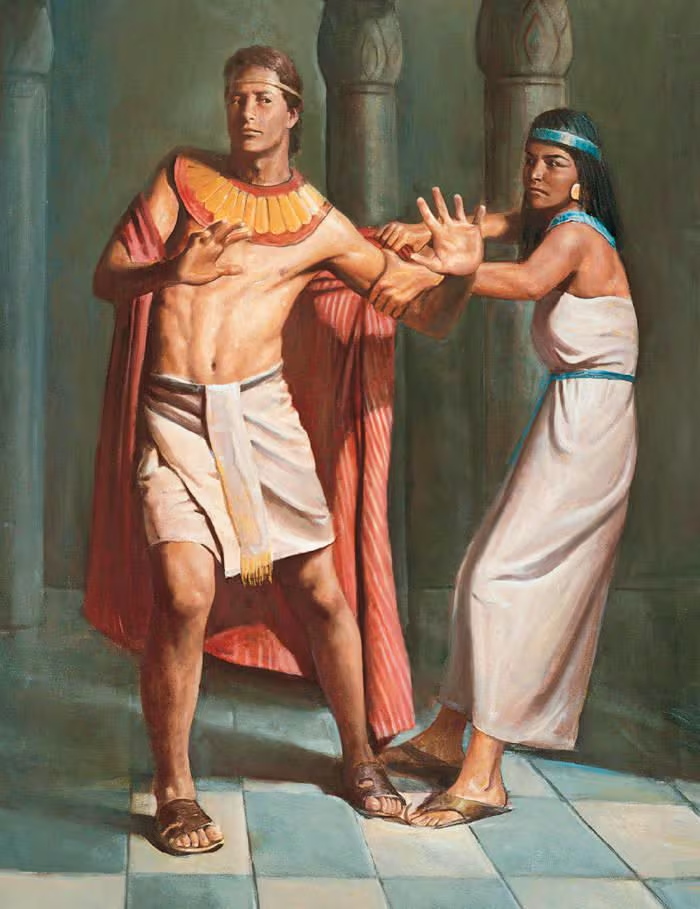
Joseph in Egypt and the Seductress Archetype
*Not* me in high school Anecdotally one of the comical side effects of the Joseph in Egypt story that hormone-driven deacons and teachers are raised with is the subtext that you have to have your commitment to the law of chastity dialed in (“remember who you are and what you stand for”) because you need…
-
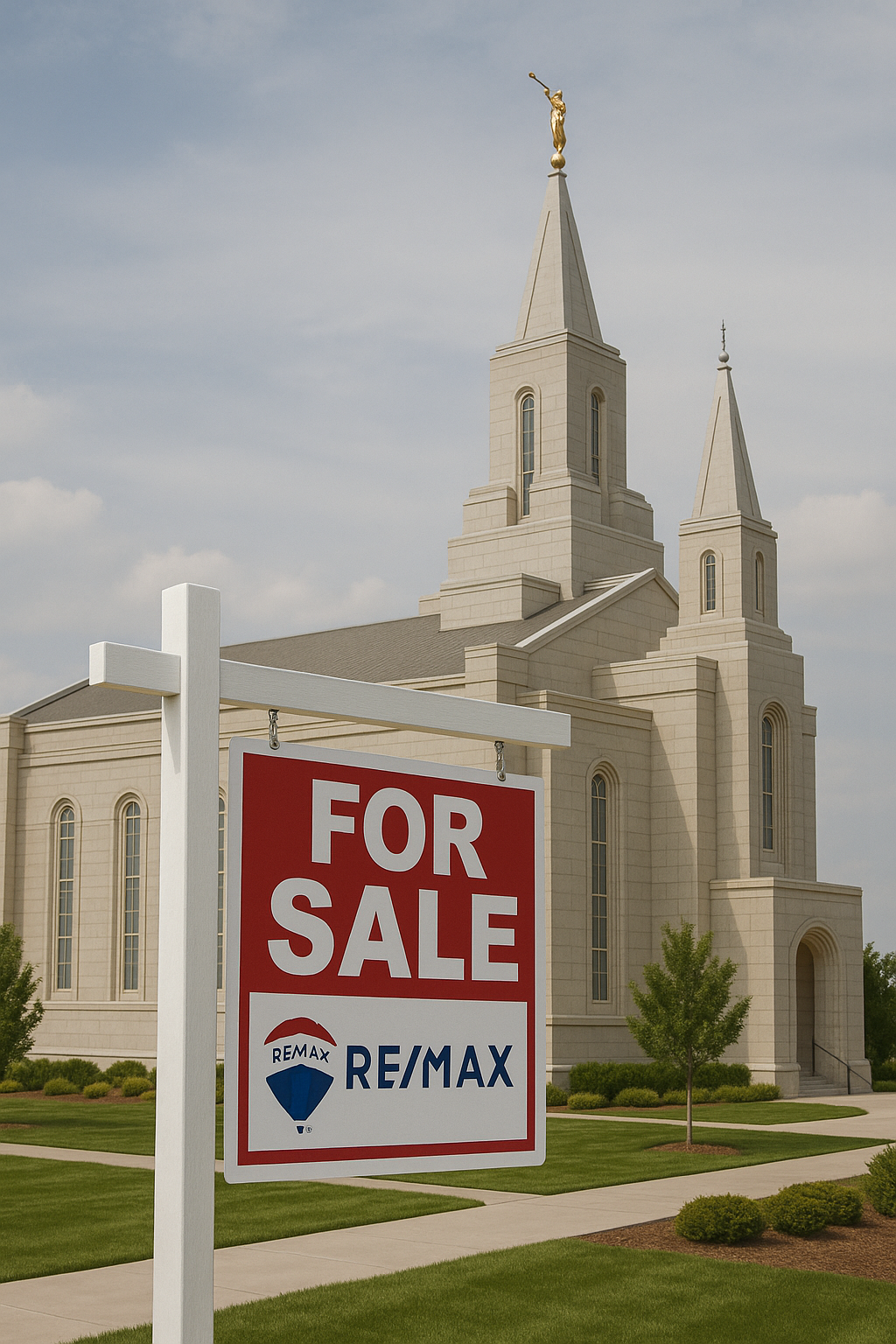
Selling Temples
It’s no secret that some are worried that the Church is overbuilding temples. While most make some sense in terms of the Church’s goal of having a temple close and accessible to members, anecdotes abound about temples being put very proximate to other temples that are already suffering from low attendance, and in the worst…
-
Anti-Latter-day Saint Stigma in Academia
Anti-Latter-day Saint stigma in academia is one of those things for which there is no solid data, so all that anybody has to work off of are anecdotes. However, given that 1) we know that people in general don’t really like us, 2) we are associated with a conservative ideology, and 3) there is plenty…
-

My Take on Masonry and the Temple
I generally consider myself pro-apologist. I think apologetics and apologists get a lot of undeserved grief in the Church (I see this as something of a pendulum swing from the 90s or so when Hugh Nibley types were rock stars that commanded huge fireside audiences). However, there have been a small handful of places where…
-

Cutting-Edge Latter-day Saint Research, May 2025
Simon, Hemopereki. “Decolonizing Lamanite Studies—A Critical and Decolonial Indigenist Perspective.” Religions 16, no. 6 (2025): 667.
-
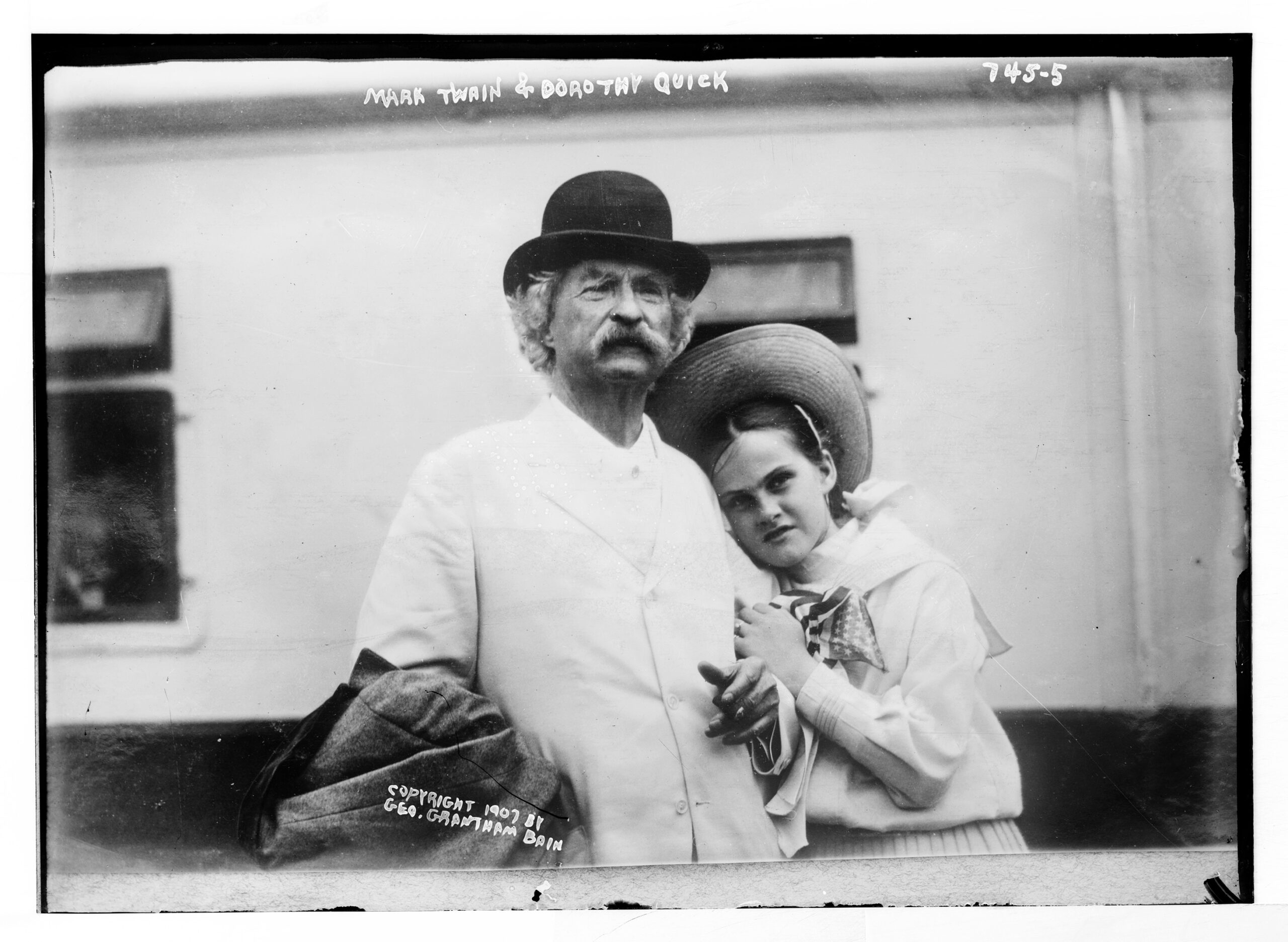
Brigham Young was Right: Polygamy and Hypocrisy
It’s perhaps a little unpopular to argue that Brigham Young got anything right about polygamy, but one place where I think he was onto something was to point out the all-too-common hypocrisy of many vehement anti-polygamists (see full quotes below). Mark Twain authored that famous jab about how ugly Mormon plural wives were–but maybe that’s…
-

Tidbits from Early Church Primary Sources: Mormonism Unvailed
A series I am going to occasionally come back to on my takes on early Church primary sources that I’m reading. We have a tendency to only read secondary takes, whether a talk, book, or commonly shared anecdote, but there are often insights buried in the primary sources that don’t make it into the collective…
-

“Moral Luck” and Time of Death
A common theme in Latter-day Saint circles, admittedly with some scriptural support (Alma 34), is the idea that what matters at the end of the day is where we are with God at the moment of our death. That if somebody lives a sanctified life but throws it all out the last week of her…
-

Pornography, Rape, Child Abuse, and the Future of Sexuality
Bound feet. This will become relevant later. Obviously all sorts of content warnings here, as the kids say. In the Friends episode “The One With Free Porn” Joey and Chandler accidentally start receiving free porn through their cable service, and don’t turn off the TV for fear that they’ll lose it. The running joke throughout the…
-

“Bounds Set to the Heavens”
A prophet looking into a curved universe One of the more curious asides in modern revelation is D&C 121 when God tells Joseph that he was living in a time “Which our forefathers have awaited with anxious expectation.” When all sorts of truths would finally be revealed: And also, if there be bounds set to…
-
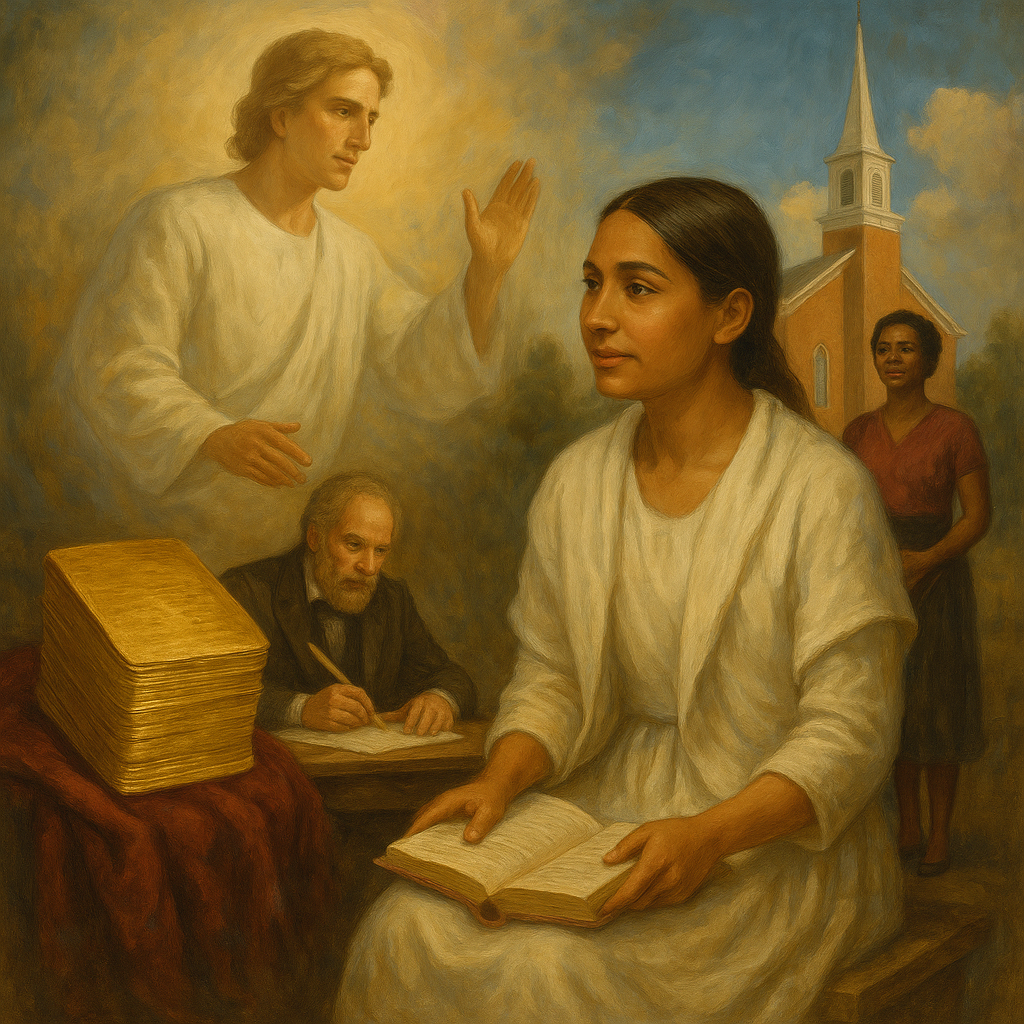
Cutting-Edge Latter-day Saint Research, April 2025
Bushman, Richard Lyman. “What Are We to Make of the Gold Plates?.” BYU Studies Quarterly 64, no. 1 (2025): 9.
-
AI and the Gospel: Cinema, Changing Minds, and Deep Research
Cinema Some AI generated, Church-related movies I created with Google’s new Vemo 2. David W. Patten’s fun, 2nd-hand, late account of being visited by Cain Joseph Smith writing D&C 121 in Liberty Jail Moroni burying the plates While AI has been able to do very short movie clips for some time now, I’ve waited for…
-

Tidbits from Early Church Primary Sources: The Evening and Morning Star
A series I am going to occasionally come back to on my takes on early Church primary sources that I’m reading. We have a tendency to only read secondary takes, whether a talk, book, or commonly shared anecdote, but there are often insights buried in the primary sources that don’t make it into the collective…
-

Latter-day Saints Love Jews
Orson Hyde dedicating the Holy Land for the return of the Jews in the style of Jewish artist Chagall While the confidence intervals are large, a relatively recent Pew survey suggests that Latter-day Saints are the most pro-Jewish religious group besides Jews themselves, and an older Gallup survey shows that Latter-day Saints are the most…
-
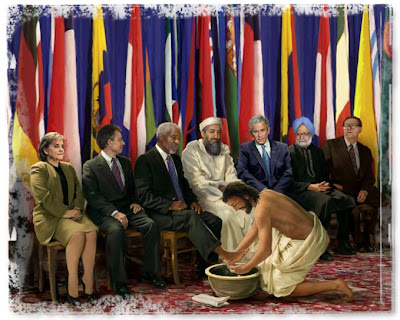
The Amish and Radical, Decisional Forgiveness
A controversial image, but I think it makes the radical love point quite well. The infamous Nickel Mines massacre of Amish schoolchildren–and the community’s supernal forgiveness towards the killer and his family–is familiar to Latter-day Saints through President Faust’s 2007 address “The Healing Power of Forgiveness.” For those of you who do not remember the…
-
“Something That’s Unholy and Evil”
Spoiler alert. One of the most powerful scenes dealing with abortion in cinema is in the Godfather Part II (much more nuanced than, say, Cider House Rules, which is basically the pro-choice version of a preachy 1980s seminary movie.) In it Mafia don Michael Corleone’s wife admits that the child he was looking forward to…
-
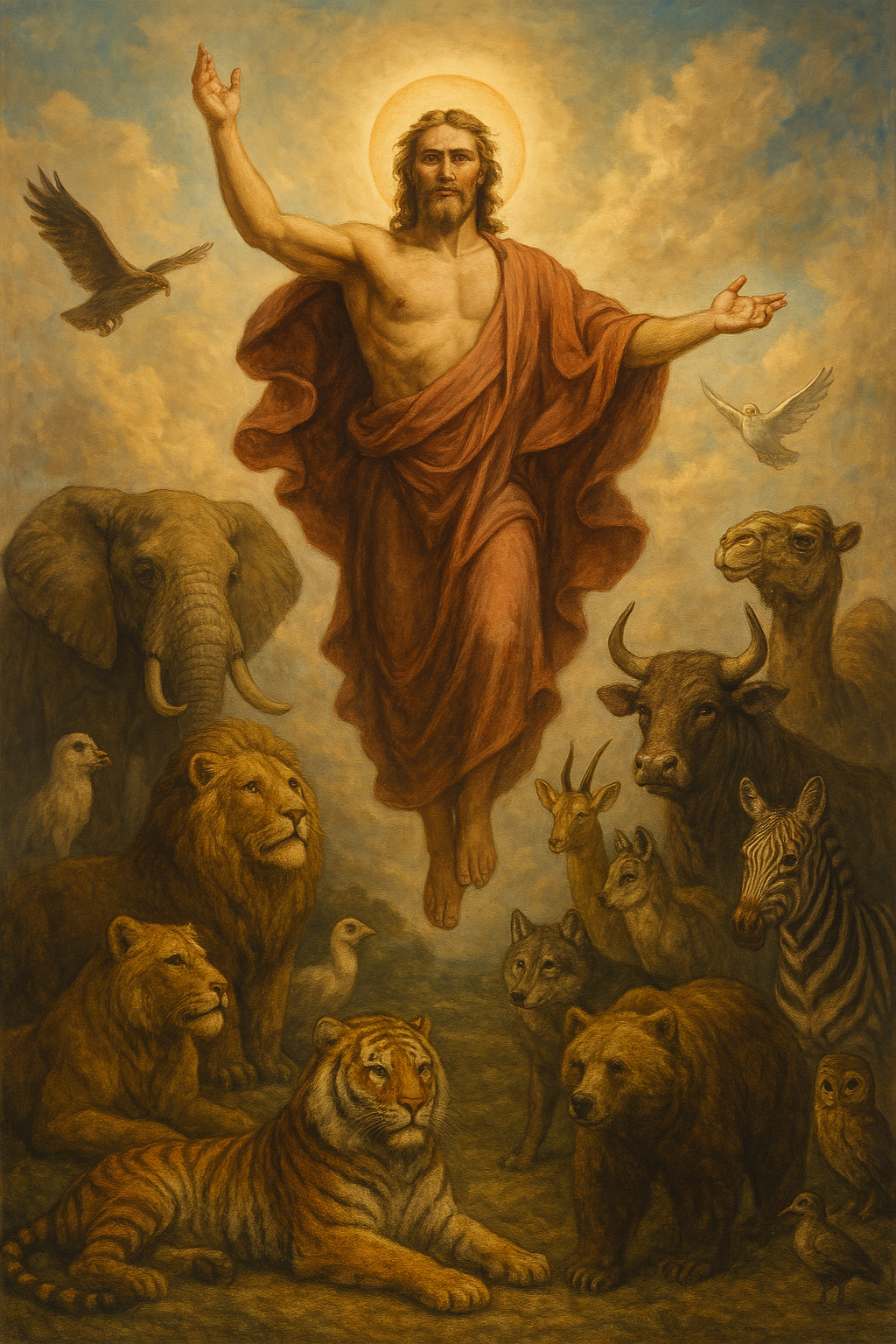
Are Humans More Important than Animals? Speciesism and the Gospel
One of the most counter-intuitive and abhorrent, yet strangely logically airtight arguments in modern-day ethics is Peter Singer’s argument for why, if we are okay with killing and experimenting with animals, we should then be okay with experimenting on mentally handicapped humans and killing babies. Of course killing and experimenting on infants and the disabled…
-
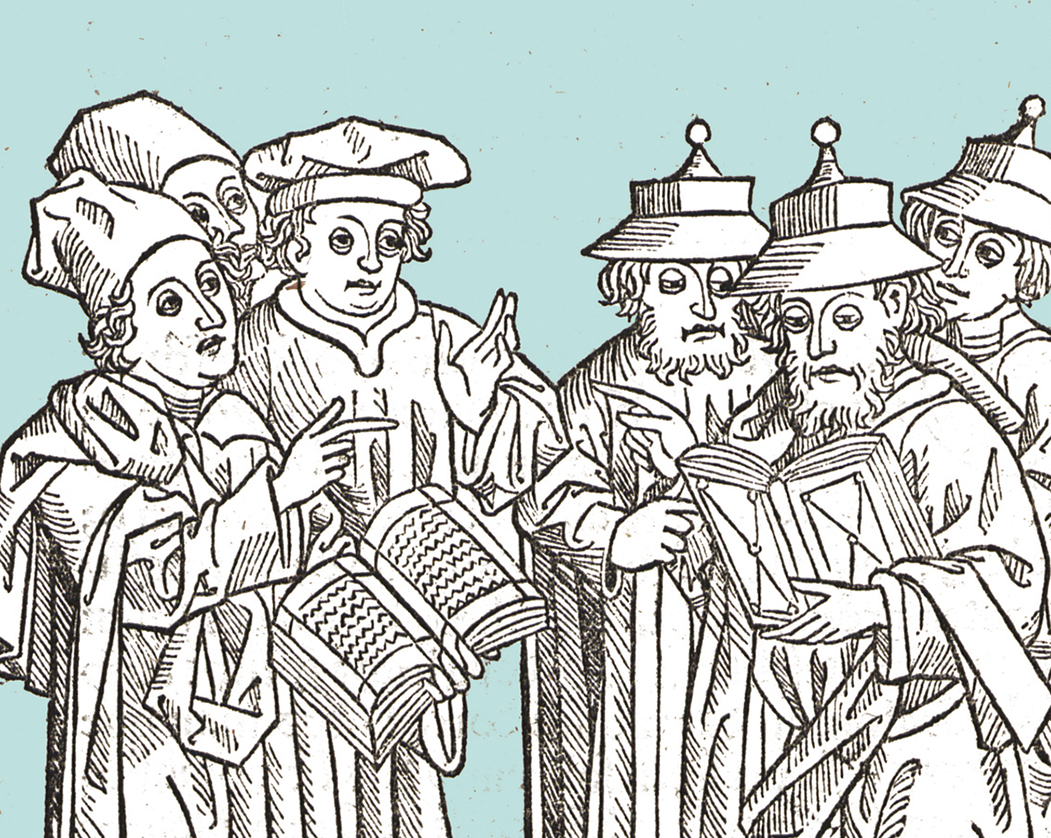
Religions on Trial, Then and Now
Note: This was in the queue before I realized that it was falling on General Conference weekend, so it’s not in response to anything said over the pulpit. I recently read an account of the three great medieval Jewish-Catholic disputations (Judaism on Trial, McCoby). These were debates arranged by the Christian authorities where the top…
-
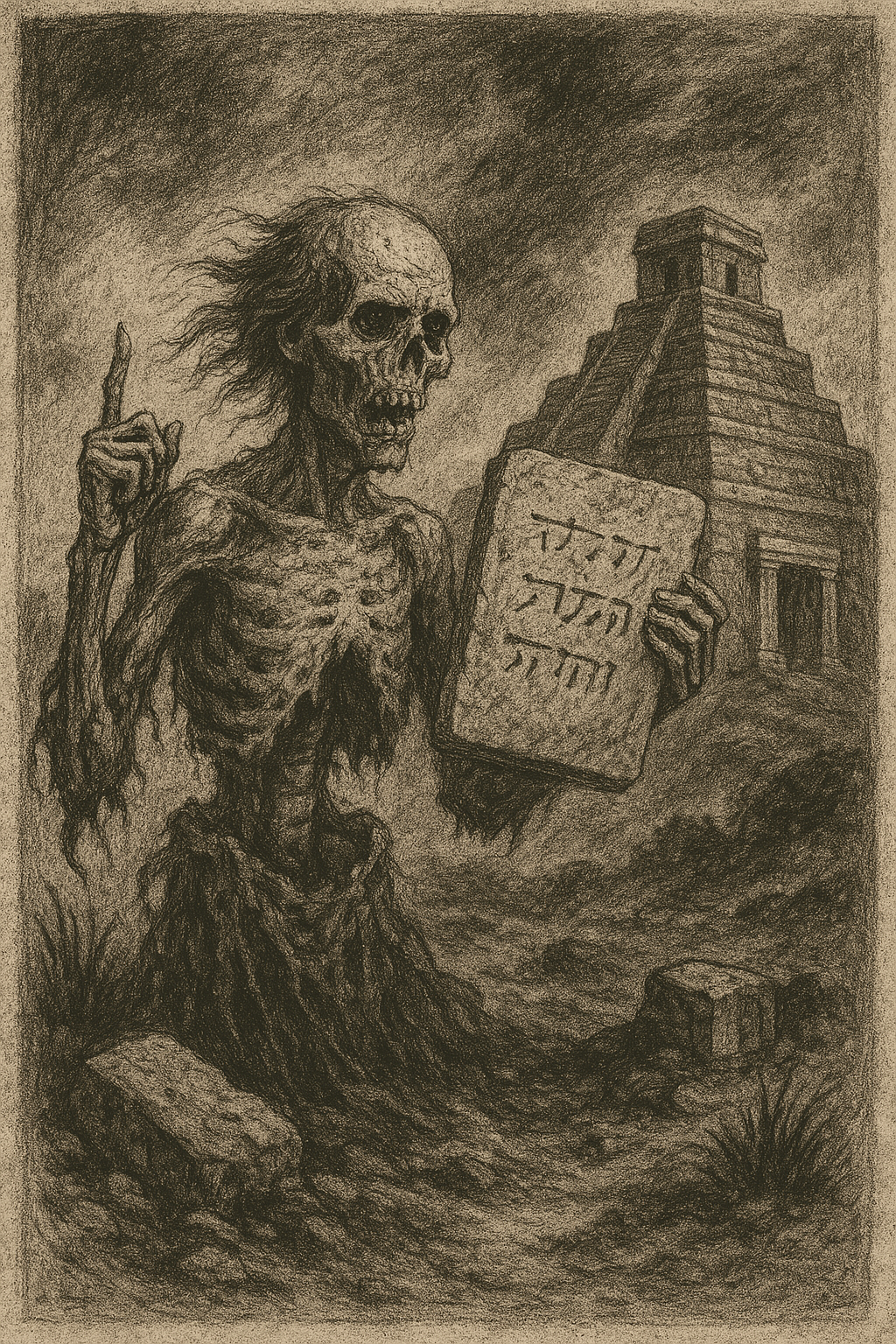
The Next Generation of AI Lit: 5-7K Word AI Mormon Horror Short Stories
First off, apologies for all the AI posts, but the big AI players do this thing where they drop their latest products right next to each other to try to steal the news cycles from each other, so AI alternates between droughts and floods. So on that note, the other big news besides the resolution…
-
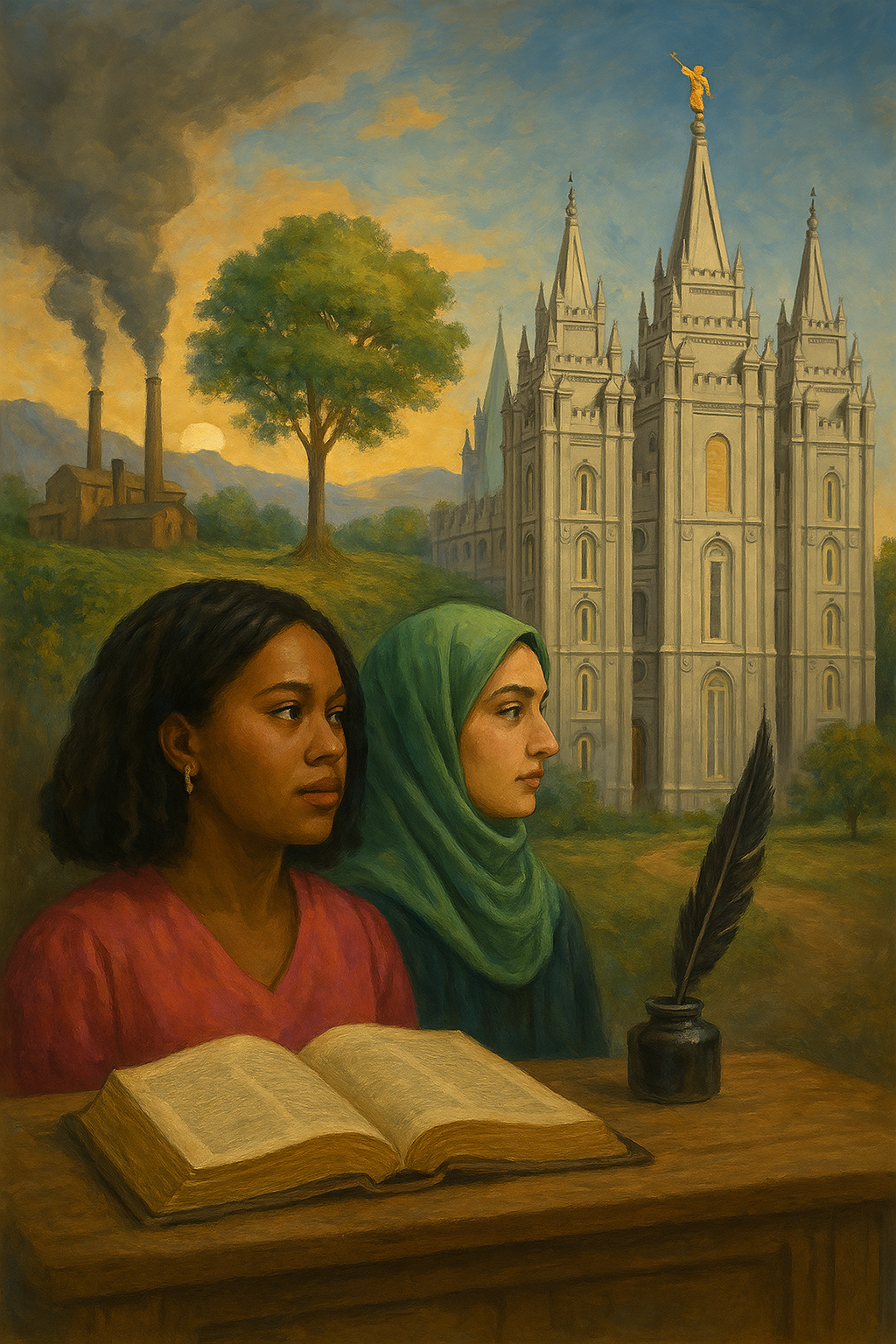
Cutting-Edge Latter-day Saint Research, March 2025
Hahne, Madeleine Ary. “Factors Influencing Climate Change Beliefs among American Latter-Day Saints.” Worldviews: Global Religions, Culture, and Ecology 29, no. 1 (2025): 19-48.
-

My Problem with the Trinity
The New Testament is basically contradictory about the divine nature of Christ. On one hand Christ clearly talks to God as a separate being and identifies his will as being separate from God’s (Luke 22:42), but elsewhere he refers to himself as the Father in a very literal, I-am-physically-the-same sense (John 14:8-14). And then we…
-
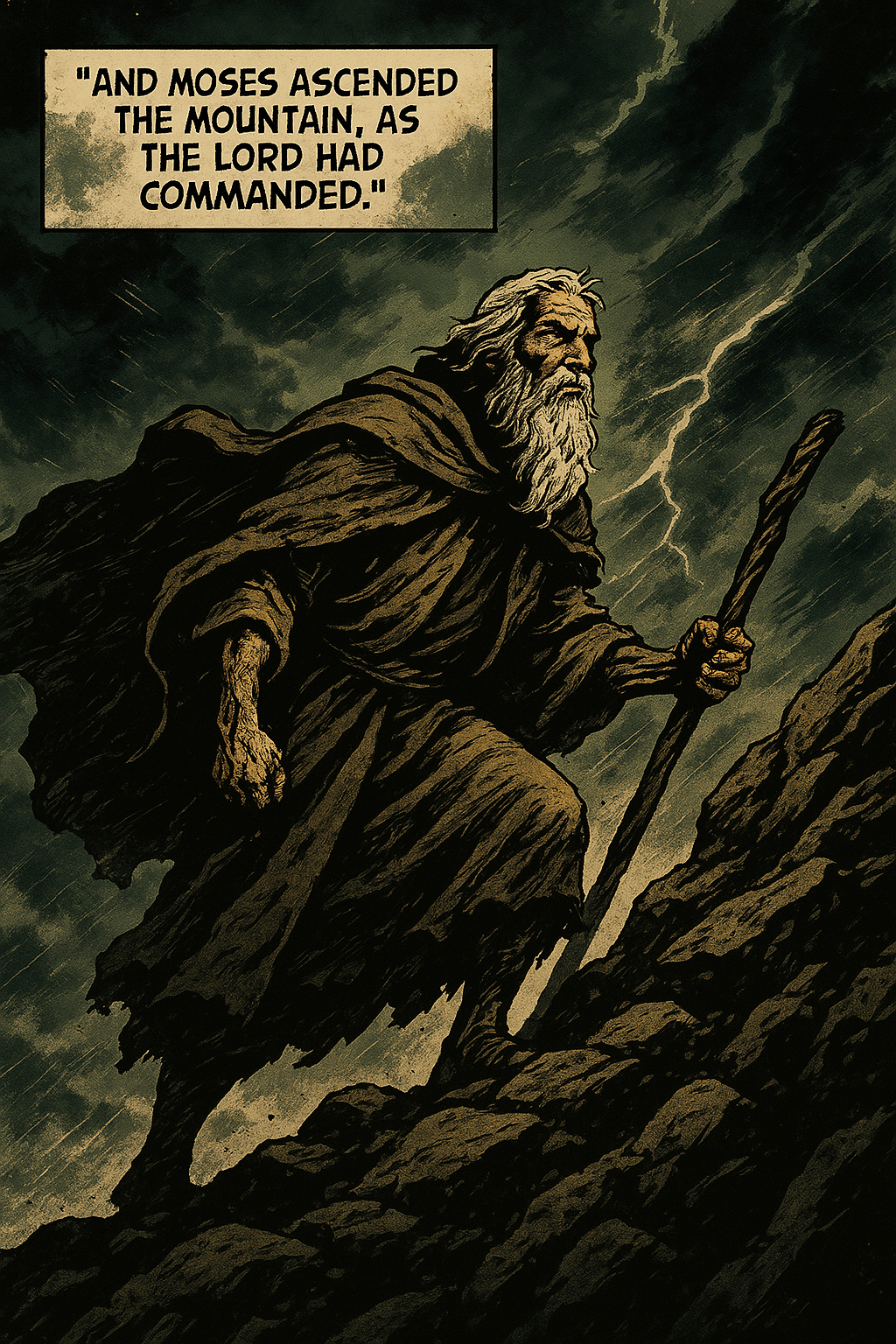
AI Art and Gospel Stories: Or, Children’s Book Illustrators are Now Unemployed
For what seemed like forever the moat protecting the jobs of illustrators from AI was the fact that it was hard to nail down consistent characters. You could maybe, with clever prompting, get one frame to kind of look like the other, but it didn’t really work, which is why a lot of early AI-storyboard…
-

When are We “Done” with Book of Mormon Translations?
Book of Mormon in Elvish per Scripture Central In terms of translating sacred scripture, we have nothing on the Protestants. One of the go-to sources for describing and cataloging languages, the publication Ethnologue, was originally started (and is still used, I believe) as a tool to help Evangelical Christians record which languages still needed Bible…

